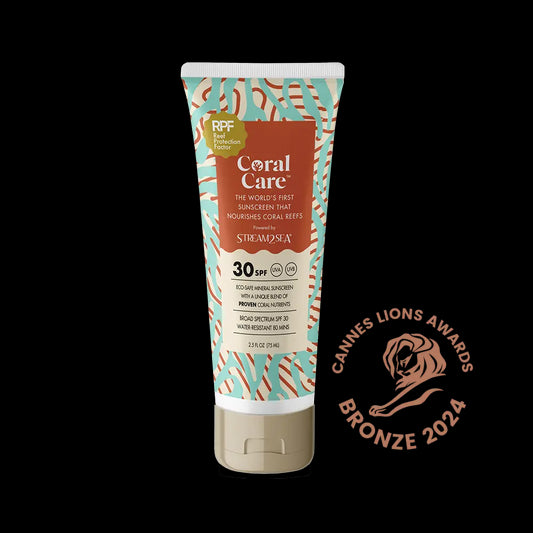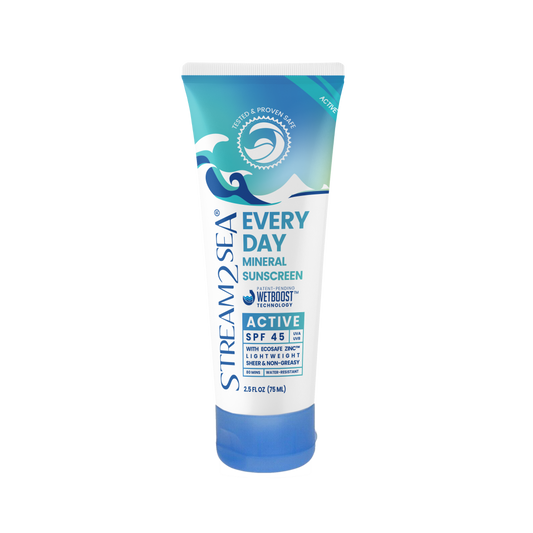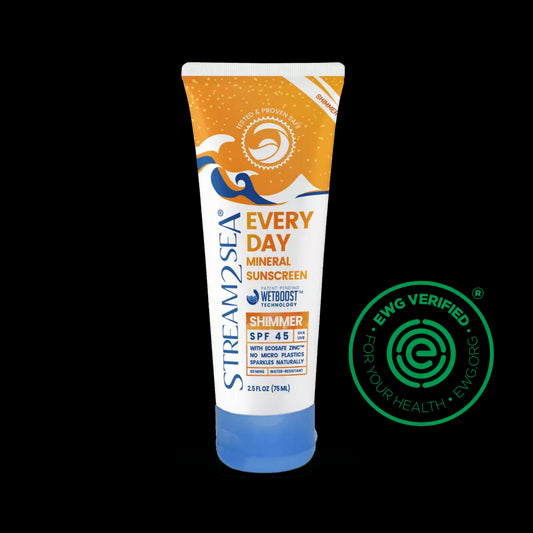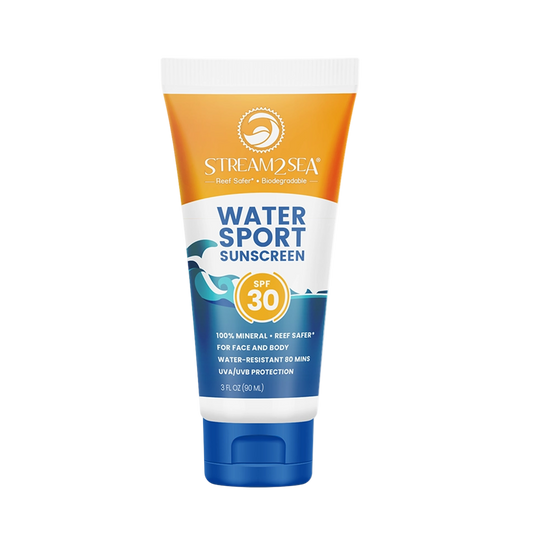Share
With coral reefs facing increasing challenges from global warming, overfishing and ocean acidification, eight countries formed the International Coral Reef Initiative (ICRI) in 1995. As conditions continue to decline, more than 60 countries as well as the United Nations have joined the initiative and named 2018 the Year of the Reef. A recently released a new report on the chemicals in sunscreens and their impact on coral reefs worldwide, documenting damage, calling for further research and promoting a “precautionary approach” to dealing with the issue. Chemicals found in sunscreens, particularly oxybenzone and related compounds, have reached potentially lethal levels for the most vulnerable juvenile coral larva in the world’s most popular dive locations, the report notes. (Lethal levels for common sunscreen ingredients like oxybenzone and “clear” zinc oxide are extraordinarily low – oxybenzone, for instance, is lethal to coral larva at concentrations of just 62 parts per trillion, or about a drop in 6.5 Olympic-sized swimming pools.) “Most consumers, even people who are very conscious of the safety issues related to human beings, do not realize that sunscreen and other personal care products can be very dangerous in aquatic ecosystems,” notes Autumn Blum, founder and chief formulator of Stream2Sea, a company created specifically to develop reef-safer sunscreens and bodycare products. “Our first formulations totally flunked tests on fish, even though all ingredients were listed as ‘premium’ ingredients by Whole Foods.” Coral reefs, among the world’s most important ecosystems, are even more vulnerable than the freshwater fish killed in Blum’s first experiments. Even very low concentrations of oxybenzone were shown to:
- Induce coral bleaching, even at relatively low temperatures, thus reducing their resiliency to climate change
- Damage the DNA of coral, limiting their ability to reproduce and resulting in potentially deformed or sick offspring
- Disrupt endocrines, causing juvenile coral to encase themselves in the own skeleton, eventually resulting in their death
- Causes the juvenile coral to become grossly deformed to the point where they could no long swim
Most of these experiments have been carried out in laboratory settings rather than on coral reefs, but they also were typically conducted for a very short period of time, the ICRI report notes. The persistence and bioaccumulation of chemicals over time may have additional impacts that should be considered in future research. The report also looks at the use of “nano-particles” – microscopic particles that may have different properties than the original substance -- of zinc and titanium dioxide which are often used in “reef-friendly” sunscreens that rub in transparently. Preliminary research indicates that nano-particles of zinc are dangerous – with both lethal and sub-chronic but non-lethal effects – in environmentally realistic conditions. The report calls for further research to more clearly define the problem caused by oxybenzones as well as coated and nano-sized zinc and titanium. Additional studies also are needed to more precisely determine concentrations on reefs at different locations and to investigate the impact of UV filters as oceans continue to warm and to acidify. In the meantime, ICRI applauds Mexico for banning the use of sunscreens known to contain certain chemicals at marine biological parks, and supports similar efforts underway in Hawaii. Manufacturers and consumers also play a key role in protecting coral reefs, the report notes. Consumer/retailer-led campaigns – such as those conducted for sustainable seafood – can be “highly effective forces for change.” “Too many manufacturers are still continuing ‘business as usual’ and consumers are only beginning to understand the impact that their choices have on coral reefs,” Blum said. “We’re hopeful that this very important report from the ICRI pushes the issue to the forefront and that consumers continue to demand options that are safer for the oceans we all love.” # # # Photo caption: A colony of the soft coral known as the "bent sea rod" stands bleached on a reef off of Islamorada, Florida. Photo credit: Kelsey Roberts, USGS.
![[S2S] After-sun Care](http://stream2sea.com/cdn/shop/collections/SPF30_and_Sun_Sting_Gel.jpg?v=1764789810&width=1500)





